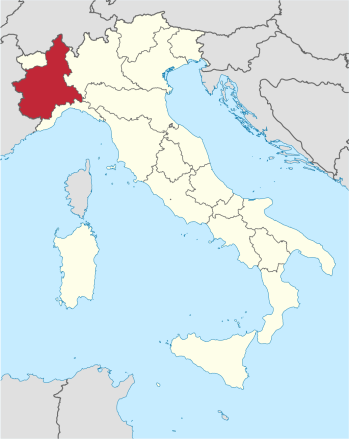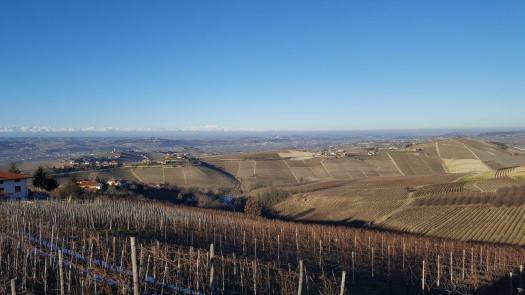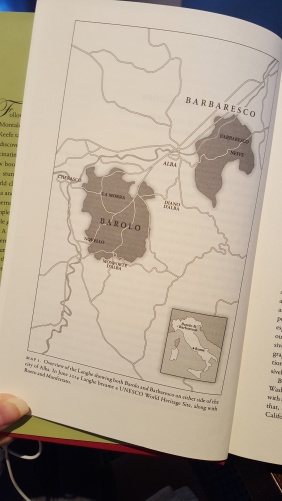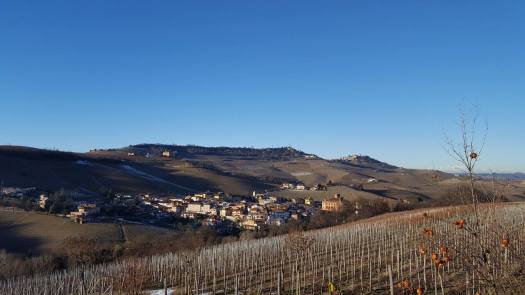Every year, the Vancouver International Wine Festival has a focus country where in the tasting room, that country gets more booths, and therefore more wines poured from that region. The focus in 2016 was Italy. That was when hubby and I discovered Barolo and it was love at first sip.
Light in colour, like a Pinot Noir, but with the full body and punch of a bold Cabernet Sauvignon or Shiraz. Packed with tannins and flavour, it is a food wine and deliciously decadent.
We enjoy Barolo so much that later that year during the holidays, we planned a week long trip to Piedmont, Italy home of Barolo and Barbaresco, respectively the king and queen of Italian wine.
Where is Piedmont?
Located in Northwest Italy, Piedmont means “foot of the mountain.” You’ll also see it written the Italian way, Piemonte.

Piedmont, Italy. Image source: https://en.wikipedia.org/wiki/Piedmont#/media/File:Piedmont_in_Italy.svg
Barolo and Barbaresco are DOCGs in Piedmont, Italy and both wines are made with 100% Nebbiolo. More specifically, they are located in the Langhe region (Langa in Italian).
Where is the Langhe in Piedmont?
The Langhe is located in southern Piedmont. This gorgeous hilly area, along with Monferrato and Roero, is a UNESCO World Heritage Site as of 2014.

View from Pelissero, in the village of Treiso in Barbaresco.
Major cities in Piedmont include Turin, Asti, Bra, and Alba, just to name a few. Our home base this week was Alba, conveniently situated between Barolo and Barbaresco.

Map from the book Barolo and Barbaresco: The King and Queen of Italian Wine by Kerin O’Keefe.
Do they make anything else in Piedmont?
They sure do. There are no IGT (Indicazione Geografica Tipica) wines in Piedmont, which allows grapes to be sourced from anywhere in Italy. There are 45 DOCs and 15 DOCGs, stricter and strictest, respectively, in terms of what is allowed in the wine and where the grapes are sourced.
What is grown in the Langhe?
Nebbiolo, Barbera, Dolcetta, Moscato Bianco are the most widely planted. Pelaverga, Nascetta, Freisa, and Favorita follow (I haven’t tried the first two). International varieties Chardonnay, Merlot, Cabernet Sauvignon, and Sauvignon Blanc are also grown here, albeit a small proportion; they fall under the Langhe DOC appellation.

The village of Barolo, as seen from Cascina Boschetti.
We were in Langa for a week and we barely scraped what is available there. Do I plan on returning? Absolutely. It was such a pleasant trip, having for the most part met the owners and winemakers, who each have fascinating and interesting stories of their own.
Visit next week as I cover the villages that make up the DOCGs of Barolo and Barbaresco. In the meantime, let me know what your thoughts are on the wines from this part of Italy. Are you a fan? What do you think of the price point Barolo and Nebbiolo demand? — This, also, to be covered in a future post!
